By Nick Eskey
My first impression when I entered the designated room was that it was much larger than previous years. Last time I was at this panel was in 2008. Then it was located in one of the smaller rooms off to the side. I remember it being quite cramped and stuffy. This year though I found myself in the much more spacious 6A room. Though a number of the seats remained empty, the turnout was much better than last time in ’08. Obviously an indication that more and more gay, lesbian, bi, and transgender individuals are either coming out to share their love of comics, or are just now discovering that love.
This year’s panel was a treat. It was let known that, save for the proctor, it was the entire panel’s first time sitting on stage for “Gays in Comics.” After a cute remark that it was a “virgin crew” this year, snickers issued throughout the panel and crowd.
There was surely an interesting mix this year for panel sitters. Starting from the audiences right, we had Paige Braddock (writer of “Jane’s World” and works for the Schultz organization), Brad Bell (Co-writer of “Husbands”, Jane Espenson (the other Co-writer of “Husbands”, Sina Grace (editorial director of “Walking Dead” comic), Shena Wolf (acquisitions editor for a newspaper), Shannon Watters (Senior editor of such shows as “Adventure Time”), Justin Hall (Prism talent and teacher), Polly Guo (Comic writer and cartoon animator), Alex Woolfson (Writer and creator of web comics “Artifice” and “Young Protectors”), and of course Roger Klorese (One of the original organizers/creators of “Gays in Comic).
The first topic for discussion was about Brad Bell’s and Jane Espenson’s comic Husbands. “It’s not about that they are married,” said Brad. “But that they are like any other married couple with faults.” Often with relationships, the idea of assumed roles comes into play. The husband is the “man,” the wife is the “woman” for instance. Or as the proctor Roger Klorese suggests, perhaps with gay couples, one man is the “daddy” and the other the “son” of the relationship. “You’re every liberal’s nightmare,” quips Brad to Roger. Then Brad adding, “we’re all just human.”
From there the discussion more steers to each artist’s personal journey into discovering themselves and their love of comics, and their works; how they either came about them, struggled with them, or went a certain direction with them. Polly Quo talked about how she first discovered Manga and Super Hero comics. “And as you know, those are really gay,” she says. “All the muscles and spandex.” She hid them from her parents, afraid of what they would say. Later on she discovered cartoons like “Ren and Stimpy,” and became interested with animation as a career. Later, she branched out into making web comics. “With all the resources out there, you should branch out,” she suggests to fledgling artists.
Lately in comic and cartoon media, we are finding more artists and fictional characters coming out about being either gay or lesbian. Shena Wolf discusses how back in the day when those sort of subject matter would come about, letters would come in complaining about it, even threatening to cancel their subscriptions to the paper. “Now, we still get letters. And some emails. Cranky people like to write emails… But for every one of those, we also get people that thank us for doing it.” As awareness spreads and the shock factor dies away, it has become less of an issue these days.
Shannon Watters tackled the subject of responsibility in the mainstream media. “[It’s our] responsibility to not shelter our kids… Comics can be an outlet. A safe place for them to go.” What she means is that instead of shielding our kids from things going on in the world in an attempt to keep them safe and unharmed, we should allow things to come as they may and then create open discussions about them. To create understanding, and positive change.
Very poignantly, self published web comic writer Alex Woolfson discussed how he grew up loving comics. But unable to find exactly what he was looking for in terms of subject matter, he resolved as an adult to create them. Through self-publication, he found that he could be true to himself and his own vision; that he didn’t have to answer to no one else. Through this, Alex was finally able to create comics with subject matter of “honesty, identity, and the blurs of what is good and evil.
And after the panel, the audience was invited to stay for a mixer of sorts, where items were up for silent auction. And there was even a few goody bags given away for raffle (which I might add I was lucky enough to snag one up).
With some silly and sometime serious stories, the panel showed that a “gay” or “lesbian” or “bisexual” comic writer didn’t have to adhere to what has been deemed as social norms. Comics can be a safe place of self-expression that can either show the similarities between sexes, or how different they really are. Here’s to hoping that the Gays in Comics panel will continue to grow, in both audience size and in new artists to the field.
Nick Eskey is a San Diego writer and comic fan. You can find him @NikolaiEskimo


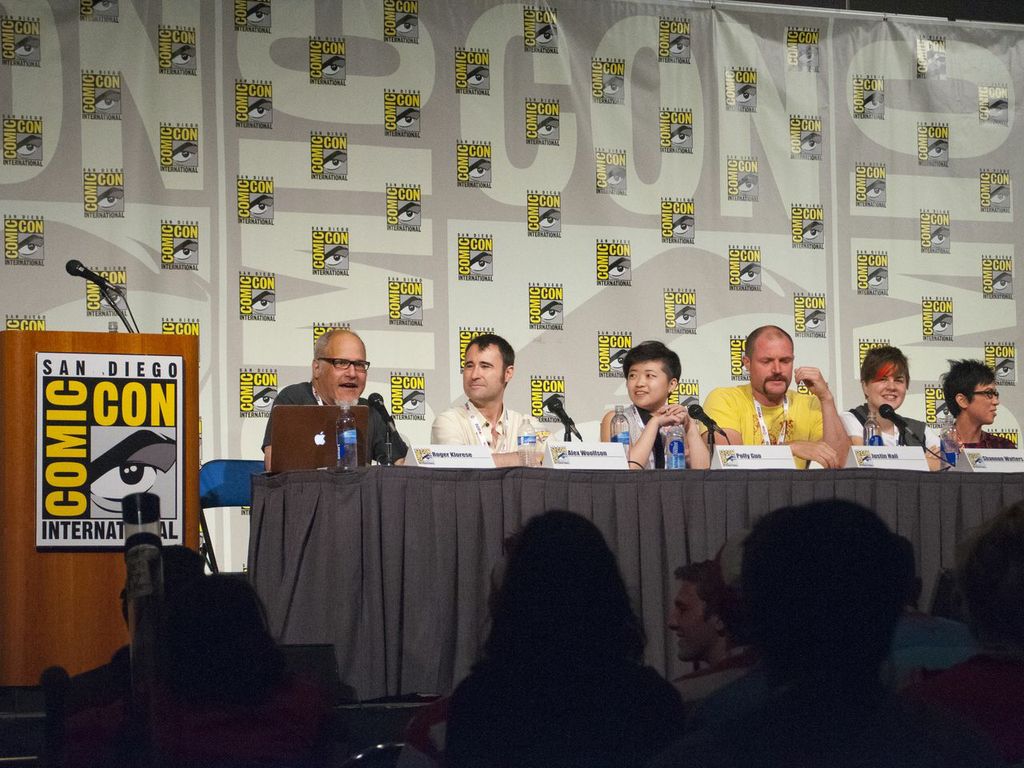
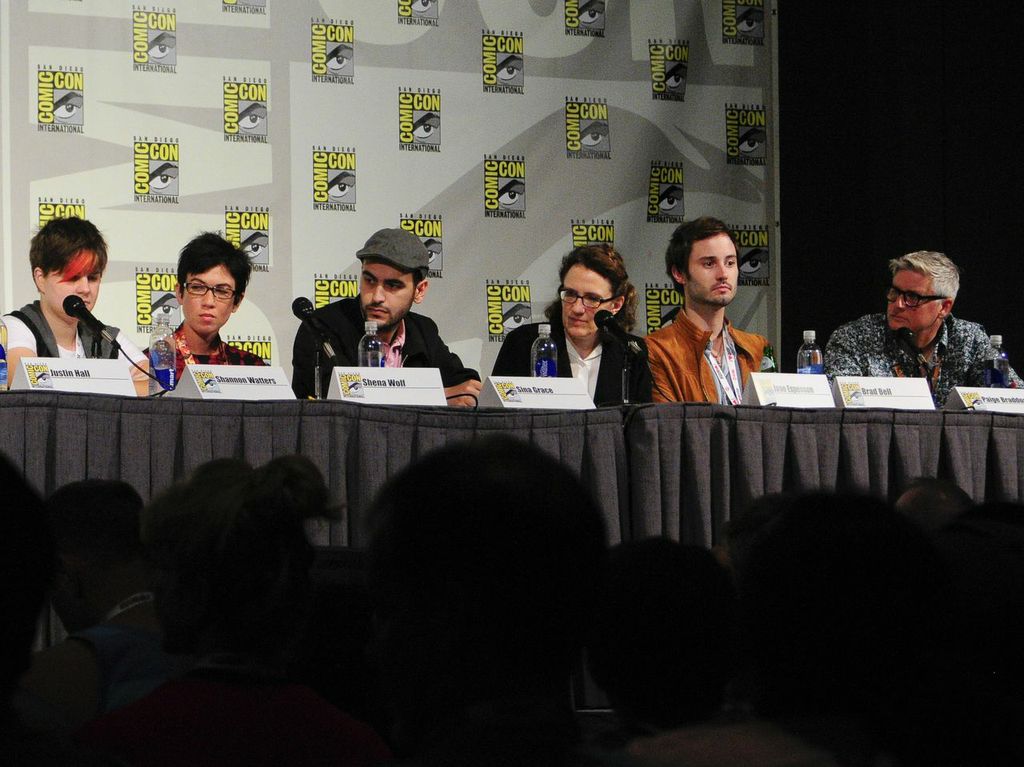
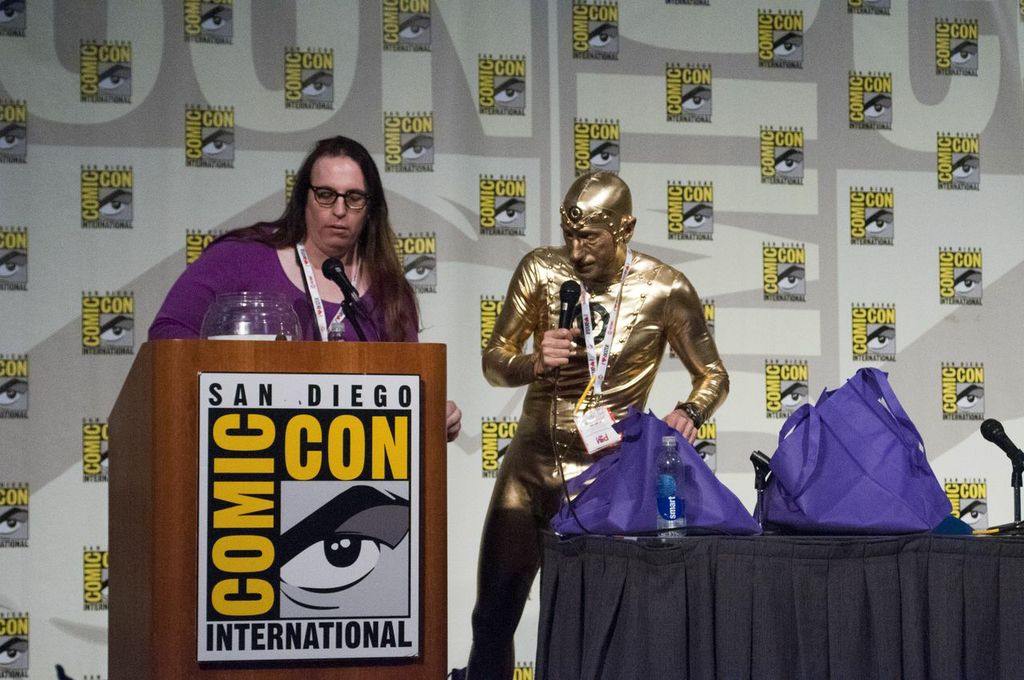
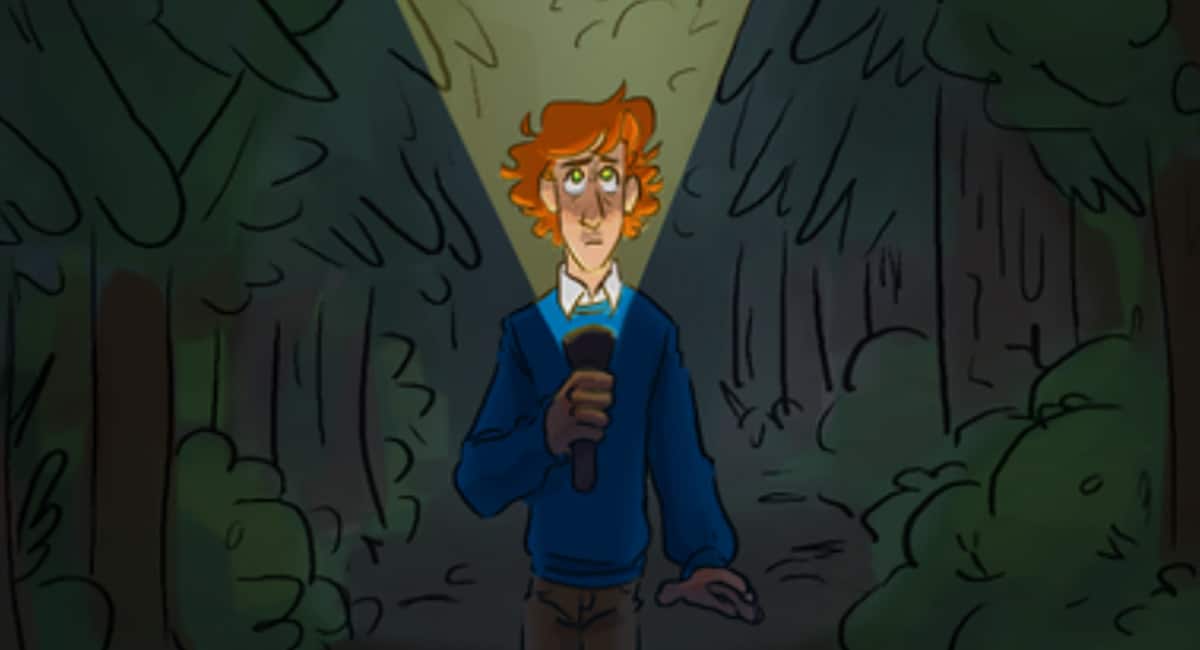
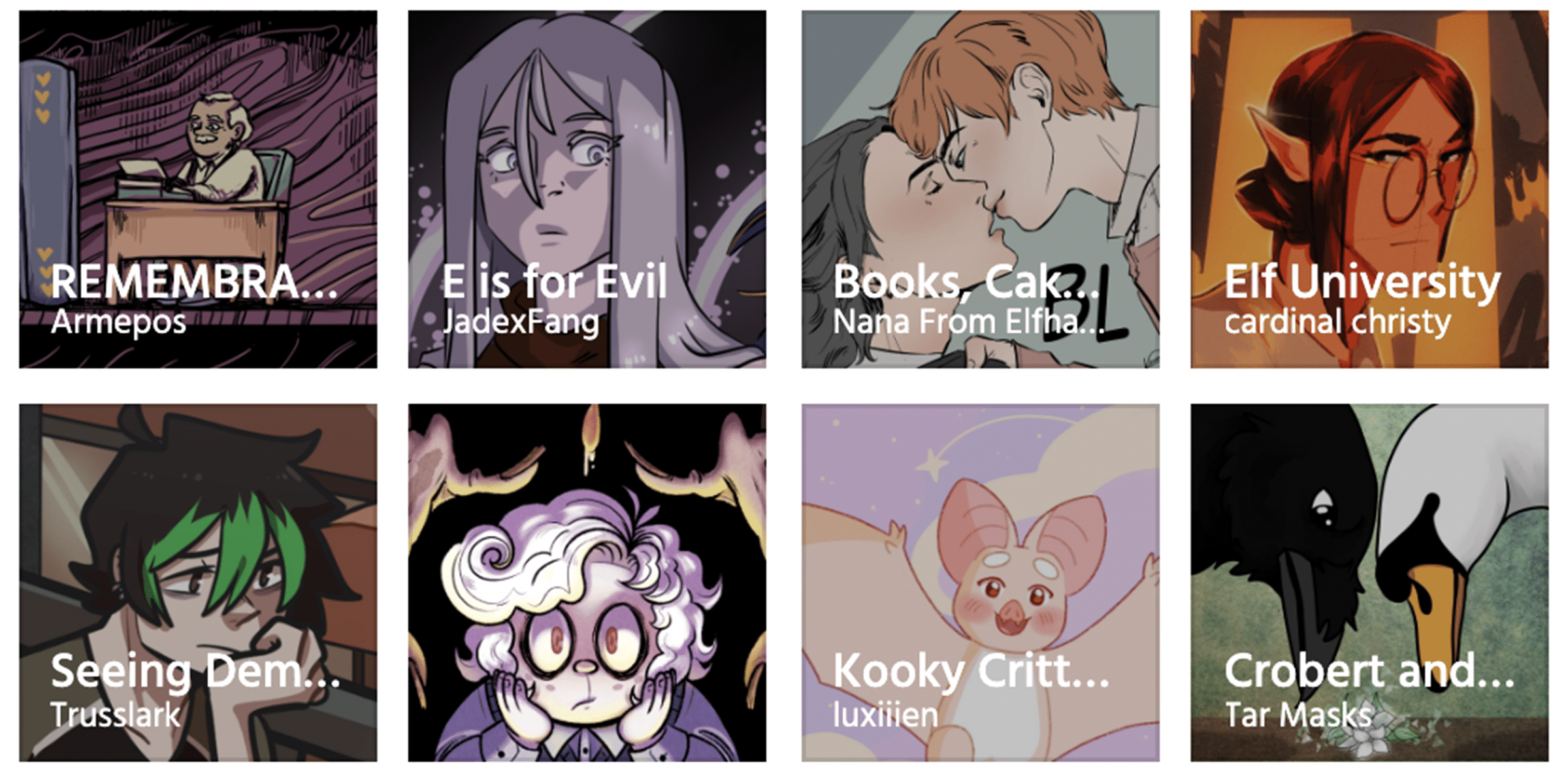




Just had to fix one thing:
“Obviously an indication that more and more gay, lesbian, bi, transgender, and heterosexual individuals are either coming out to share their love of comics, or are just now discovering that love.”
There, that’s better. We heteros like queer comics too, ya know. ;-)
Comments are closed.